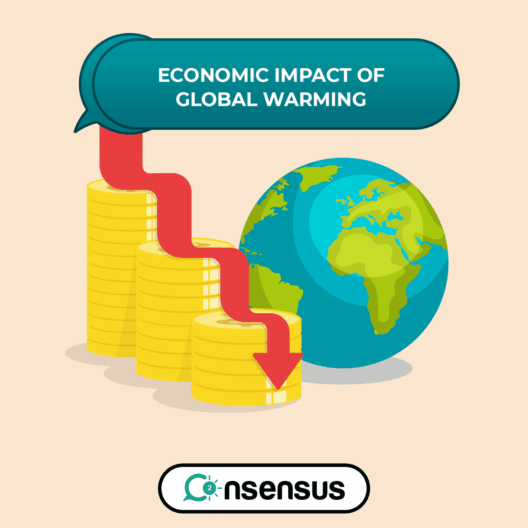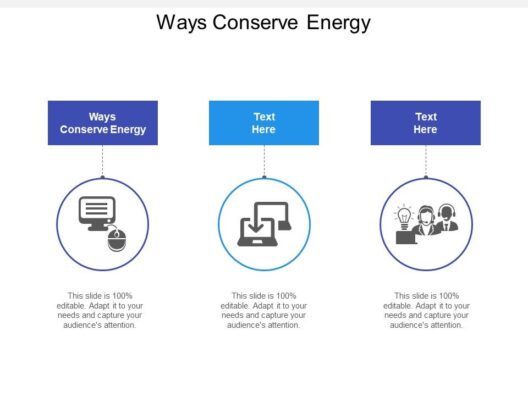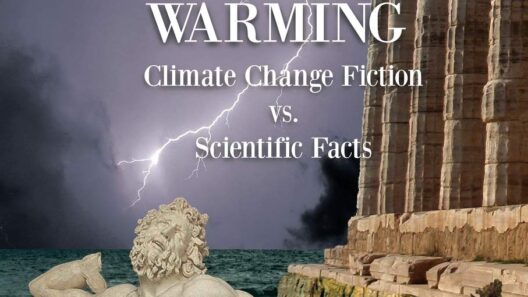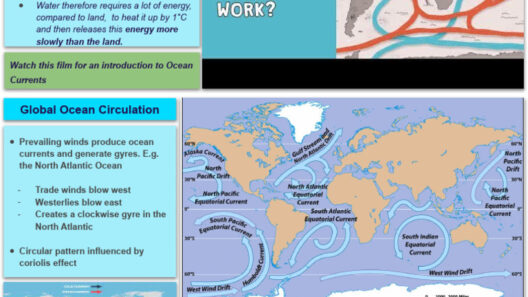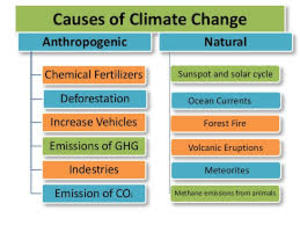Climate change is undoubtedly one of the most pressing issues of our time. As greenhouse gas emissions continue to rise, innovative solutions are necessary to combat this existential challenge. Among these solutions is a concept that often slips under the radar: climate credits. So, what exactly is a climate credit? It represents a promise — a pledge to mitigate emissions and spur a transition toward a more sustainable future. However, could it be that you’re overlooking a vital opportunity to engage with this green incentive? Let’s explore the ins and outs of climate credits and evaluate the potential pitfalls associated with them.
At its core, a climate credit is a market-based mechanism designed to reduce global greenhouse gas emissions. It works on the principle of cap-and-trade, wherein a cap is set on the total level of greenhouse gases that can be emitted. Companies or organizations are allotted a certain number of credits that correspond to their allowed emissions. If a company reduces its emissions below its allotted cap, it can sell its surplus credits to others who may be struggling to meet their own limits. This system injects an economic incentive for businesses and governments alike to invest in cleaner technologies and promote sustainable practices.
One might wonder: how does this elaborate dance of emissions reductions actually work in practice? The answer lies in the alignment of financial motivations with environmental stewardship. For instance, if a power plant invests in renewable energy sources, it might generate excess climate credits due to lower emissions. By selling these credits, the plant not only recoups its investment but also contributes to the environmental good. The funds generated can be reinvested in additional green technologies, creating a virtuous cycle of sustainability.
Yet, herein lies a challenge. While the allure of climate credits may be captivating, the landscape is fraught with complications. For example, while robust in theory, the actual implementation of climate credit systems can vary widely. Different countries and regions possess unique regulations, oversight systems, and methodologies for calculating emissions reductions. This lack of uniformity can create confusion and even skepticism among potential participants.
Additionally, the integrity of the credits themselves can be compromised. One common critique revolves around “greenwashing” — the practice of misleading consumers and stakeholders into believing a company is engaging in environmentally responsible practices when it is not. If a company produces climate credits through dubious means or engages in minimal actions that barely alter its carbon footprint, the effectiveness of the entire credit system may be undermined. Consequently, consumers and investors alike must remain vigilant and discerning.
Moreover, the efficacy of climate credits in achieving substantial emissions reductions remains a hotly debated topic. Some critics argue that relying solely on market mechanisms to dictate environmental policies may dilute the urgency of necessary systemic changes. After all, should we permit businesses to buy their way out of accountability rather than fostering a genuine commitment to sustainability? This philosophical dilemma invites us to ponder the delineation between economic convenience and actual environmental responsibility.
While the criticisms may appear daunting, it is essential to recognize the potential that climate credits offer. The concept inspires many individuals, organizations, and governments to engage in proactive measures to combat climate change. By creating a financial demand for emissions reductions, these credits can drive innovation in low-carbon technologies. For example, the expansion of electric vehicle infrastructure and alternative energy sources can be directly attributed to initiatives like climate credit trading. In this sense, climate credits are more than just a financial instrument; they are a catalyst for change in market behaviors and public policies.
As you digest this information, consider another playful question: are you ready to leap into the fascinating world of climate credits? If so, where might you begin? Individuals can participate in carbon offset programs that allow them to purchase credits tied to projects that absorb or reduce emissions, such as reforestation efforts or renewable energy installations. Many organizations also offer workshops and resources to educate businesses about how to integrate climate credits into their operational models.
However, before taking the plunge, it’s prudent to conduct thorough research. Assess which systems are rigorous and transparent and explore regional projects that you might support. You might find that local community initiatives are not only beneficial for the environment but also promote social cohesion. By fostering local change, you can effectively amplify the impact of climate credits on both your immediate community and the broader global landscape.
In conclusion, climate credits are a dynamic and complex component of the global climate action toolkit. They hold exciting potential for emission reductions and technological advancements but are not without their caveats. As we collectively navigate the accelerating waves of climate change, understanding the nuances of climate credits will be essential. Are you ready to embrace this green incentive that could help chart a sustainable future? The challenge is significant, but the commitment to fostering a habitable planet is paramount. Engaging in this arena could be one of the most impactful choices you make for the environment and future generations.




